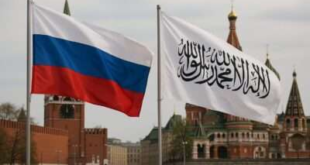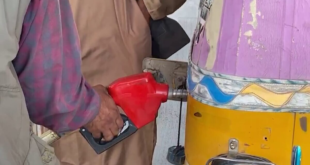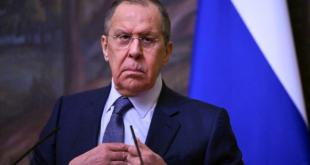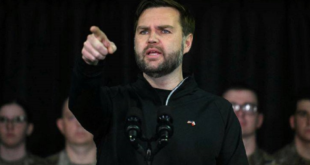WASHINGTON – Despite rising civilian deaths in Afghanistan’s counter-terror war — and rising criticism — a U.S. general suggested Tuesday that coalition commanders do not need to change the way they operate.
We think the procedures that we have in place are good,” Brig. Gen. Joseph Votel told a Pentagon press conference. “They work, they help us minimize the effects” on civilians, he said.
A count by the United Nations and an umbrella organization of Afghan and international aid groups shows that in the first five months of this year, the number of civilians killed by international forces was roughly equal to the number killed by insurgents. An Associated Press count for 2007 based on figures from Afghan and international officials found that while militants killed 178 civilians in attacks through June 23, Western forces killed 203.
Speaking by videoconference from Bagram, Votel said the assertion that coalition forces are killing more civilians is “absolutely not true,” and that those deaths caused by insurgent forces are “significantly greater.”
Afghan President Hamid Karzai has repeatedly pleaded with foreign troops to exercise caution and work more closely with Afghan forces, who might be able to minimize civilian casualties because of their knowledge of the terrain. On Saturday, he denounced the Taliban for killing civilians but directed most of his anger at foreign forces for being careless and viewing Afghan lives as “cheap.”
Karzai said Saturday that in the previous 10 days more than 90 civilians have been killed in U.S. or NATO operations. He did not say how many had been killed by the Taliban.
The U.S. and NATO say they don’t have civilian casualty figures.
Pentagon spokesman Bryan Whitman said it is difficult to know which side caused casualties in an engagement where civilians also are present.
Votel, commander for NATO troops operating in eastern Afghanistan, defended what he said are “extensive measures” taken to minimize harm to civilians.
He described them this way:
• With every operation, commanders look closely at the area involved and identify areas where civilian population may be affected.
• In areas where there will be some civilians, they use a “collateral damage estimate process” to see where collateral damage may occur, then try to figure out how to mitigate it.
• Whenever possible, they work with local government leaders to let them know troops are in the areas so they can communicate that to the population.
Although troops use “an accepted U.S. and … NATO process,” there is “a very low tolerance” for collateral damage in Afghanistan, Votel said.
“And so, in most of those cases, we choose to use other methods — we will try to go work with local Afghan authorities to help us identify those persons that we’re interested in” rather than going in and using force, he said.
“Increasingly…we are partnered with Afghan forces,” Votel said.
Asked if any new procedures are being used in light of the most recent civilian deaths, Votel said: “No, there’s no particularly new procedures that we are using right now.”
He said “dozens and dozens and perhaps hundreds of other operations” are done across his command area that are in and around civilian populations “with no negative collateral effects on the people.”
 Eurasia Press & News
Eurasia Press & News



